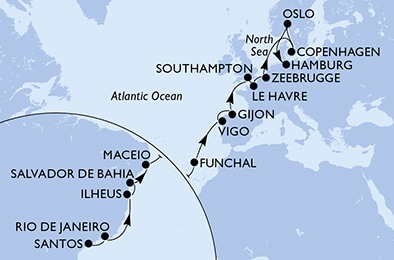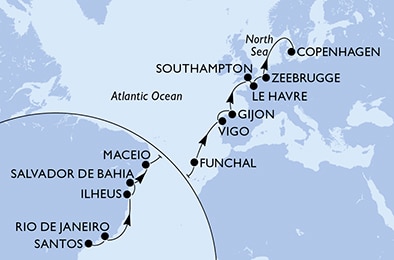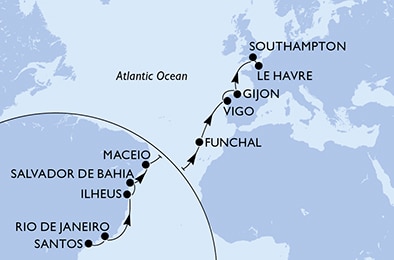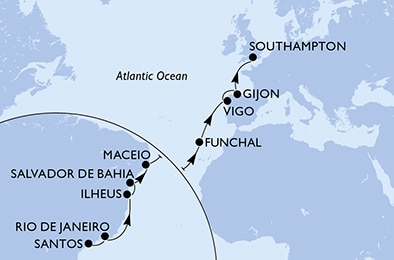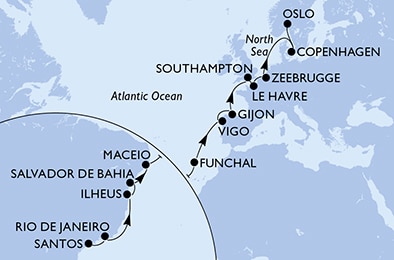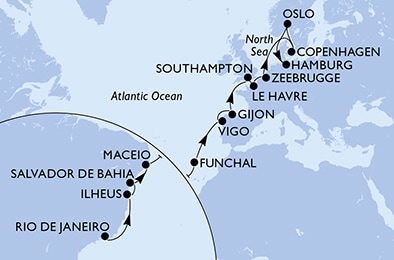
Port Vigo
Vigo, a vibrant city located in the Galicia region of Spain, is a significant cruise ship port. The city's strategic location in the Atlantic Ocean, its rich cultural history, and the stunning natural beauty of the Ria de Vigo make it an attractive stop for many cruise lines. Notably, the city's port has the capacity to accommodate even the largest cruise vessels, highlighting its importance in the global cruise industry.
For cruise ship passengers, Vigo offers a plethora of activities. A must-visit is the city's historic quarter, packed with traditional tapas bars and seafood restaurants. The city's modern shopping district is another popular spot, offering a range of high-street and luxury brands. For those seeking a touch of nature, the Cíes Islands, with their stunning beaches and hiking trails, are just a short boat ride away.
History
The port of Vigo, situated in the city of Vigo, Galicia, Spain, has a rich history that dates back to the Roman era when it was a small fishing village. Its strategic location and natural resources led to its growth and development over the centuries. By the 19th century, the port had become a vital hub for the transatlantic fishing industry, particularly in the cod and sardine sectors.
In the 20th century, the port of Vigo underwent significant expansion and modernization, becoming an important industrial port and the primary fishing port in Europe. The port witnessed a major event in 1936 when it became the landing point for Franco's troops at the start of the Spanish Civil War. Today, the port continues to play a central role in the region's economy, hosting a range of industries from automotive manufacturing to food processing, in addition to its continued prominence in the fishing industry.


